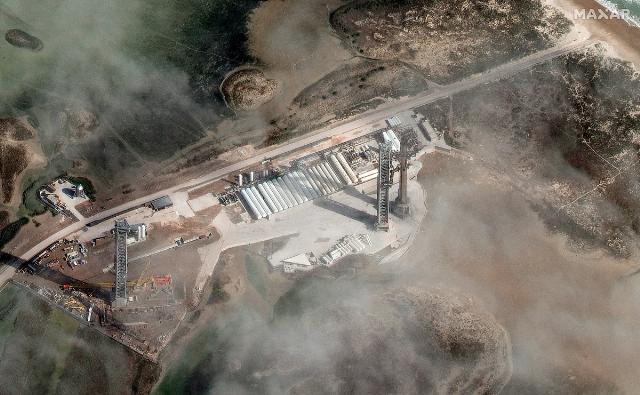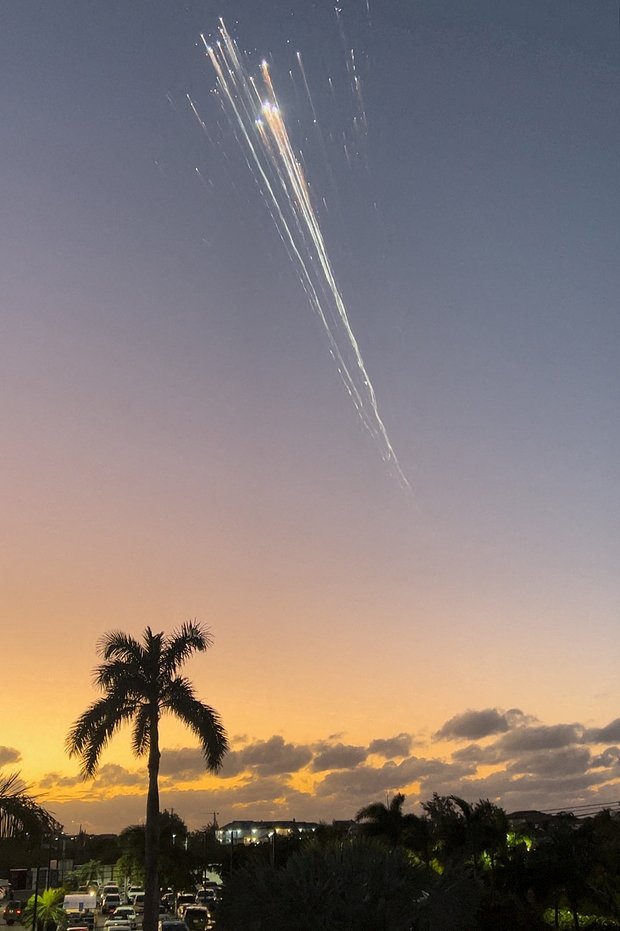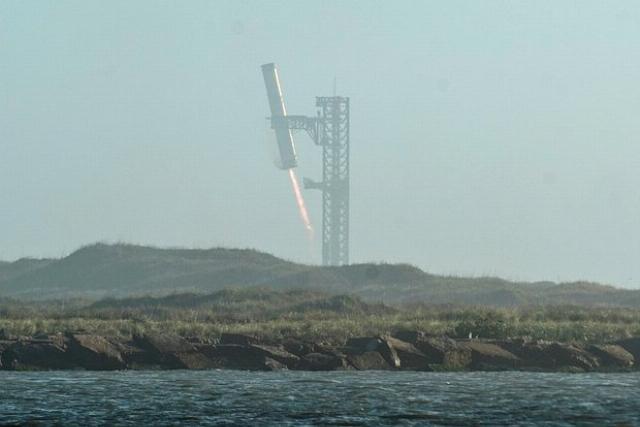Musk: Starship explosion caused by fuel or oxygen leak
SpaceX, owned by American billionaire Elon Musk, launched a launch vehicle with a prototype of the Starship spacecraft on January 16 as part of its seventh test launch. After some time, company representatives announced the loss of a part of a reusable superheavy rocket — communication with the second stage of Starship was lost after about 8.5 minutes of flight.
SpaceX Press Service
So, SpaceX lost the upper part of the Starship, while the lower one was returned to Earth. This was done thanks to the capture of this part by special mechanical devices at the cosmodrome.
The test launch of the ship was supposed to be Starship's first attempt to deliver cargo into space, which would be an important milestone in preparing the ship for practical use.
 |
| Launch of a launch vehicle with a prototype of the Starship spacecraft. |
| Source: Maxar Technologies / Reuters |
The head of the company named the cause of the crash of the comic ship
According to Musk, during the seventh test launch of the rocket, there was a "rapid unplanned dismantling."
Elon Musk
the founder of SpaceX
The entrepreneur added that engineers are conducting double checks for leaks, as well as adding a fire extinguishing system and probably increasing the area of the ventilation hole. There are no plans to cancel the next Starship launch due to the incident. At the same time, Musk's plans may be hindered by the US Federal Aviation Administration, which may want a detailed investigation of the circumstances of the incident, which will have to wait for the next launch of Starship.
 |
| The fall of the Starship wreckage. |
| Source: Marcus Haworth / Reuters |
The fall of the ship's wreckage, which looks like a bright meteor shower, was captured on video
Eyewitnesses shared videos on social media showing the remains of a spaceship falling in the sky. Due to the peculiar rain of debris, passengers and aircraft crews were at risk — the pilots who found themselves over the Caribbean Sea literally had to dodge them. At least six aircraft operating at the specified location were at risk, and they had to rearrange their routes.
The nearly 122-meter-long Starship rocket was launched from the Boca Chica space center in southern Texas. A few minutes later, the upper stage of the spacecraft successfully separated from the accelerator, which landed on the launch pad. Musk's brainchild was supposed to make a controlled landing in the Indian Ocean about an hour after launch, but it exploded in the air. The mission took place a few hours after the first flight of the New Glenn rocket of American entrepreneur Jeff Bezos' company Blue Origin. She launched a rocket into orbit for the first time, but was unable to land an upper stage on the Jacklyn offshore platform in the Atlantic.

